“Just as a Chihuahua is still a dog, these ice dwarfs are still planetary bodies. The misfit becomes the average. The Pluto-like objects are more typical in our solar system than the nearby planets we first knew.” -Alan Stern
The last week here at Starts With A Bang saw some great articles that went from Pluto to stars to nebulae to the theoretical limits of our understanding of everything. When we put it all together, here's what we've covered:
- Is the multiverse science? (for Ask Ethan),
- The best discoveries from the High Sierra Music Festival (for our Weekend Diversion),
- The beauty of reflection nebulae (for Mostly Mute Monday),
- Is Pluto a planet now?,
- Embracing your fifth dimension (a great read on theoretical physics by Sabine Hossenfelder),
- and How fast do stars run out of fuel? (for Throwback Thursday).
There was also some exciting new activity over at Forbes:
- Why Is Our Solar System Missing The Universe's Most Common Planet?, and
- Why Do We Have To Wait So Long To Learn About Pluto?
There was a lot to say, so let's hit your Comments of the Week!
Image credit: Karen46 of http://www.freeimages.com/profile/karen46.
From G on the question of whether the multiverse is science: "As for metaphysics, good! Metaphysics that arises “bottom up” from physics, is far better than metaphysics that arises “top down” from someone’s idea of what “ought” to be. “Ought” should come from “is,” not vice-versa..."
You've got to realize how controversial this is. Previously, theoretical physics was either taking known theories and deriving observable consequences, or extending existing physical theories and looking for new observable, testable consequences. There's a logical outgrowth of this: at some point, you physical theory becomes powerful enough that you can derive consequences that are not only unobservable, but that are in principle unobservable.
With inflation and the multiverse, we've arrived.
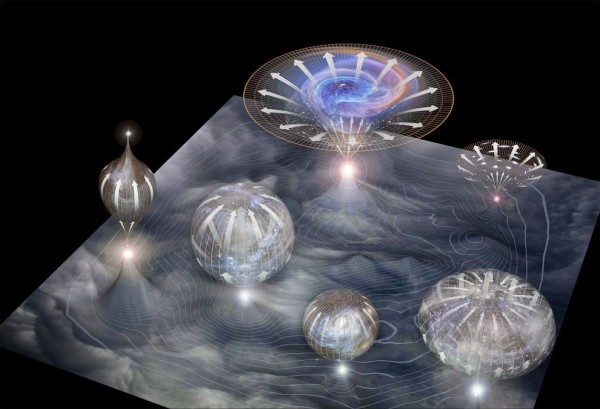 Image credit: Moonrunner Design, via http://news.nationalgeographic.com/news/2014/03/140318-multiverse-infla….
Image credit: Moonrunner Design, via http://news.nationalgeographic.com/news/2014/03/140318-multiverse-infla….
Outside of our observable Universe, beyond what is causally connected to us, past any interactions, we come to this inflationary multiverse. The only way to test it involves destroying our Universe as we know it, not a pretty thought. It's metaphysics -- literally "after" physics -- in the sense that physics leads you there. And this is a feature that I like. It isn't idle speculation, it's an inevitable consequence of our best theory, if our best theory is right all the way down.
From eric on the inflationary multiverse: "To liken it to a horse race, there are favorites, contenders, and longshots. You’re not being crazy or silly if you bet on a contender against the favorite, though if you bet on a 10,000-to-1 longshot you might rightly be called that. IMO right now an inflationary multiverse is the favorite, but there are inflationary non-multiverse contenders."
Actually, as reasonable as this line-of-thought is, perhaps a better question is this: are there non-multiverse "contenders" according to this definition of a contender? The answer, crushingly, is no.
If you want your model of inflation to give you enough inflation so that you solve the flatness and horizon problems, create the observed spectrum of fluctuations, etc., and you demand that inflation be a quantum field, you either:
- get an inflationary multiverse from a model that solves the horizon and flatness problems and creates that spectrum naturally, or
- you don't get a multiverse, but you also count yourself "lucky" to solve the horizon and flatness problems and get the spectrum of fluctuations that you see.
The only models that don't give you a multiverse also, in most inflating instances, don't give you "enough inflation" to solve the problems. It becomes exponentially unlikely that we live in such a non-multiverse with inflation. So I would say there are non-multiverse long shots, only. And you can bet on a long shot, but only if you bet a small enough amount that you can afford to lose.
From Denier on the topic of music festivals: "As for the music, that style always misses me from a recording. Can’t do it on YouTube. Can’t do it on the radio. Can’t do it from jukeboxes in dive bars. It has to be live and close."
There are a lot of experiences like this in life. Sure, some forms of music lend themselves to listening to an album at home just as much as hearing it in concert, performed live. Seeing Dan Bern, mentioned in the article, live, doesn't add all that much to just listening to his music at home or in the car. But the Black Lillies and Shovels & Rope... there's no comparison. There's an even greater example that I want to share with you from the realm of music, the hardest rocking accordion player I've ever heard: Rosie Ledet.
Photos are one thing; sounds and songs are another thing; don't forget to live. You get one life. Don't let it pass you by without living it.
From Jack on Pluto and its planetary status: "Aren’t you confusing Alan Stern (the principle investigator) and Mike Brown (a.k.a. @plutokiller)?"
Very much so. Let's leave it up in the original article for the world to laugh at my mistake for all eternity. I've learned my lesson.
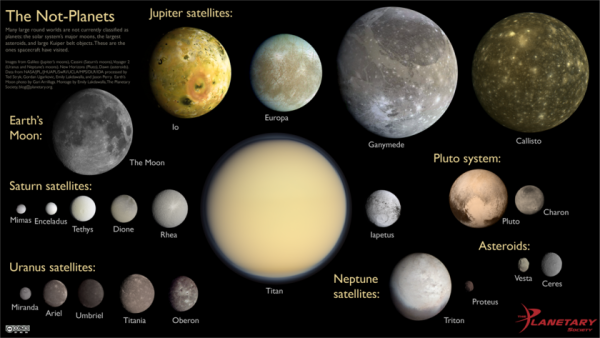 Montage credit: Emily Lakdawalla, via http://www.planetary.org/multimedia/space-images/charts/the-not-planets…. The Moon: Gari Arrillaga. Other data: NASA/JPL/JHUAPL/SwRI/UCLA/MPS/IDA. Processing by Ted Stryk, Gordan Ugarkovic, Emily Lakdawalla, and Jason Perry.
Montage credit: Emily Lakdawalla, via http://www.planetary.org/multimedia/space-images/charts/the-not-planets…. The Moon: Gari Arrillaga. Other data: NASA/JPL/JHUAPL/SwRI/UCLA/MPS/IDA. Processing by Ted Stryk, Gordan Ugarkovic, Emily Lakdawalla, and Jason Perry.
From Archibald Tuttle on abhorrent naming conventions: "It really bothers me that Deimos and Titan are both known mainly as “moons” having nothing in common except orbiting something with the right mass for a limited time, while Triton, Charon and Pluto aren’t even all “dwarf planets” (let alone planets) when they are clearly part of the same family of objects."
It's a very human instinct to want to categorize things, and yet it's inherently limiting. The instant you say it's a moon, you say "you're orbiting a large, massive body that itself orbits a star," as though that were some important characteristic. Our Moon is a moon; tiny captured asteroids can be moons; Titan, with more atmosphere than Earth, is a moon; Triton, once the largest object in the Kuiper belt, is a moon. Perhaps other, more massive KBOs were kicked out of the Solar System, and now wander interplanetary space.
Yet for some purposes, that property of "being a moon" is important, just as originating from the Kuiper belt may be important for some purposes. You, personally, may find it more useful to categorize a person as something they would never describe themselves as; that's in essence what we're doing with astronomical objects. It isn't always the most important or relevant thing: there are likely moons (maybe in our Solar System) with life on them, and perhaps even Rogue Planets or KBOs that are more Earth-like than we realize. We need to keep more nuance in mind when we think of these worlds -- if we really want to understand them -- than any name could provide.
From Ragtag Media on Craig Hogan's holometer: "In [a news article from a few years ago, it] mentions Fermilab Center for Particle Astrophysics Director Craig Hogan and his relationship with holographic noise hypothesis and this device called a Holometer with a precession 1 billion times smaller than an atom. They are searching for this holographic noise."
The problem with Hogan's interferometer is twofold:
- It's only sensitive to a very particular type of extra dimension that is disfavored from existence from a variety of other, independently conducted experiments.
- There's a ton of noise and other non-holography signals that can produce a result indistinguishable from what "holographic noise" would look like. (Noise is noise.)
So he ran the experiment, found noise, and reported success. Craig Hogan has done some fantastic work throughout the years, but this is not one of them. He got press for it, but it's an idea that deserves to die an obscure death. May it languish where it belongs.
From Omega Centauri on knowing where a star is in its life cycle: "Ethan, is there any way short of being able to measure the energy spectrum of neutrinos that we could diagnose how far along the sequence a massive giant star is? Or will we be forever uncertain and continue to have to say, Giant star XXX, could supernova .1second from now -or maybe not for a million years?"
Neutrinos are the great answer, of course, because neutrinos of very specific energies are produced in certain fusion reactions, and those neutrinos don't lose their energy on their way out of the star in question. Measure the neutrino spectrum, and you know what your star is burning and in what ratio.
But without neutrinos? You need time. You need to measure the star's brightness, temperature and other properties over time. Because at any given moment in time, the brightness and color of your very massive, type II supernova-bound star isn't enough. Take a look at the crap up at the top (above the "-5" line) of the diagram below.
 Image credit: The Cambridge Encyclopedia of Stars, J. B. Kaler, Cambridge University Press, 2006. Copyright © Cambridge University Press.
Image credit: The Cambridge Encyclopedia of Stars, J. B. Kaler, Cambridge University Press, 2006. Copyright © Cambridge University Press.
The most massive supergiant stars, when they reach their helium burning (and beyond) phases, actually move back-and-forth in terms of color. This is actually me being optimistic here: if we can actually monitor enough of these stars over time, see how their brightness and color evolves, and learn how to measure some other intrinsic properties (such as mass, s-process rate, etc.), we might be able to learn to identify what stage of evolution -- and how close to a supernova -- one of these massive stars is.
But we're not there yet. multi-hundred-thousand year uncertainty is really the lowest we can get at this point. Which is interesting and powerful, but on the scale of a human lifetime, not exactly what you want.
And with that, I want to thank everyone for a fantastic week! Hope to see you back here starting tomorrow for more wonders and joys of the Universe!

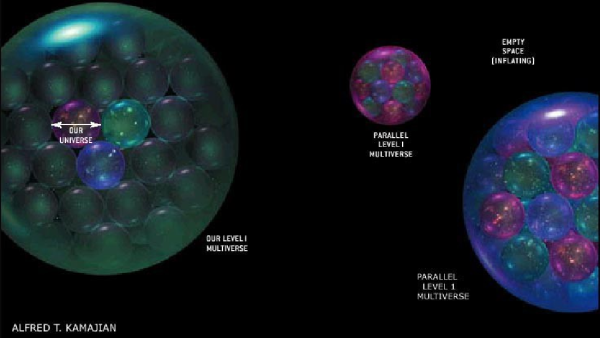

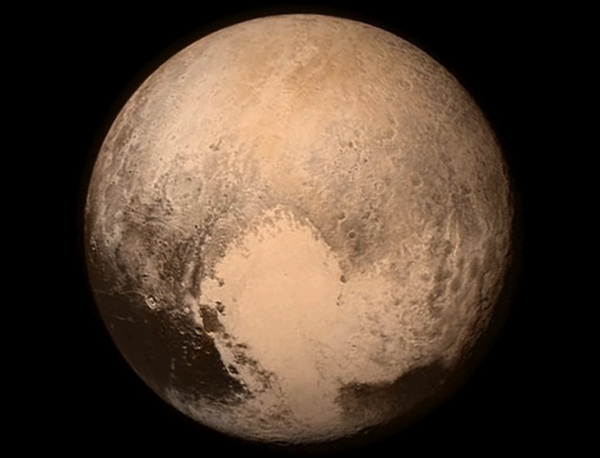
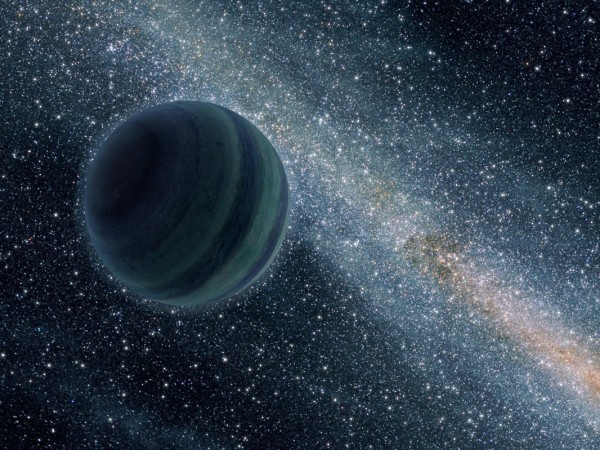
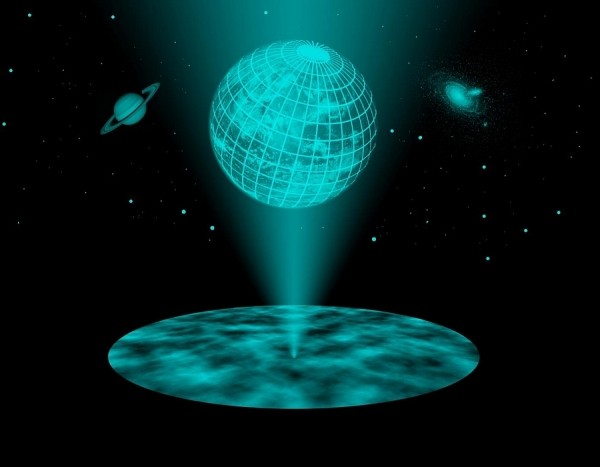
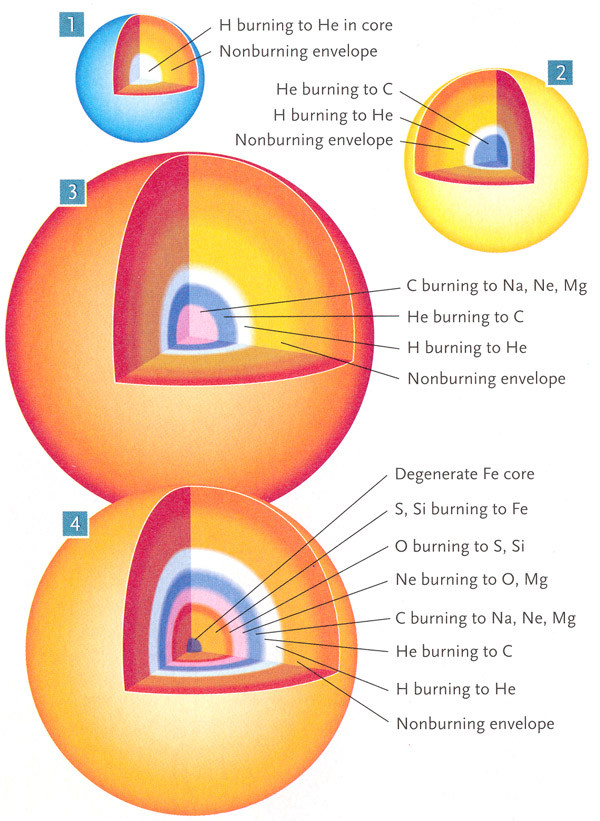
Rosie Ledet seems like she'd put on a great show, but if we're nominating the hardest rocking then I'm going with long time Gogol Bordello accordion player Yuri Lemeshev.
https://www.youtube.com/watch?v=LYE8Vjih2cs
They are another band that absolutely must be seen live to truly appreciate, and the smaller the venue the better.
Found a montage clip of the small club performances of Gogol Bordello as I remember them from the mid-2000's.
https://www.youtube.com/watch?v=nQ3GN2EZlcU
Their performances stick out as among the best shows I've seen in small clubs.